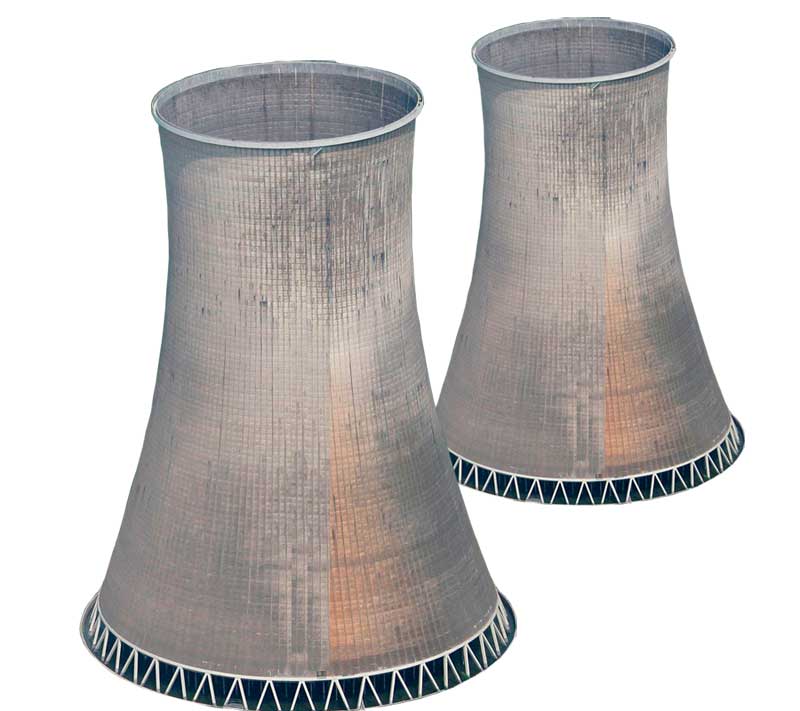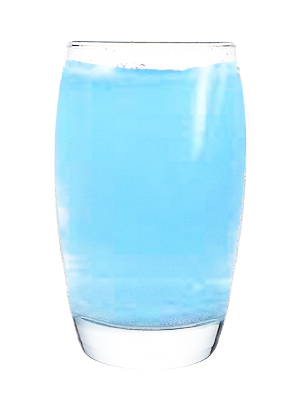Water is essential for almost all industrial processes, but it can also be incredibly destructive. One of the main problems with water is its tendency to corrode metal surfaces. This can cause significant damage to equipment and machinery, leading to expensive repairs or even replacement. In this article, we will take a look at the best corrosion inhibitors for water-based systems.
Anodic inhibitors are one of the most common types of corrosion inhibitor. They work by creating a barrier on the metal surface that prevents water from coming into contact with it. Cathodic inhibitors are another popular option. These work by changing the electrical potential of the metal, making it less likely to corrode. Combined inhibitors are a mix of both anodic and cathodic inhibitors. They are often used in areas where both types of corrosion are a problem.
Oxygen absorbers are another option for preventing corrosion. These work by absorbing oxygen from the water, which prevents it from coming into contact with the metal surface. Organic inhibitors are another type of corrosion inhibitor. These work by forming a film on the metal surface that prevents water from coming into contact with it.
If you are looking for a corrosion inhibitor for your water-based system, then one of these options may be right for you. In most cases, it is best to consult with a professional to find the best solution for your specific needs.
Oxygen absorbers for water
Oxygen absorbers are a type of corrosion inhibitor that work by removing oxygen from the water. This can be an effective way to prevent corrosion, but it can also lead to other problems such as bacteria growth.
One of the main advantages of oxygen absorbers is that they are relatively inexpensive and easy to use.
Anodic inhibitors for water
Anodic inhibitors are a type of corrosion inhibitor that work by stopping the anodic reaction from taking place. This is the reaction that causes metal to corrode in the presence of water. Anodic inhibitors work by forming a barrier on the surface of the metal, preventing water from coming into contact with it. This can be done either by creating a physical barrier or by chemically altering the surface of the metal.
One of the most common anodic inhibitors is zinc. Zinc is often used as a coating on metals to protect them from corrosion. When water comes into contact with zinc, it creates a barrier that prevents water from coming into contact with the metal underneath. Zinc is an effective anodic inhibitor, but it can be expensive.
Another common anodic inhibitor is chromate. Chromate is a chemical compound that is added to water to prevent corrosion. It works by forming a thin film on the surface of the metal, preventing water from coming into contact with it. Chromate is an effective anodic inhibitor, but it can be toxic.
Cathodic inhibitors for water
Cathodic inhibitors are usually organic compounds that contain nitrogen, phosphorous, or sulfur. These elements form a protective film on the metal surface, preventing the water from coming into contact with the metal. Cathodic inhibitors are typically used in conjunction with anodic inhibitors to provide maximum protection.
One of the most common cathodic inhibitors is zinc oxide. Zinc oxide is a white powder that is insoluble in water. It forms a thin film on the metal surface, preventing the water from coming into contact with the metal. Zinc oxide is commonly used in conjunction with anodic inhibitors to provide maximum protection.
Other common cathodic inhibitors include:
– Nitrogenous compounds
– Phosphorous compounds
– Sulfur compounds
– Organic acids
– Amines
Cathodic inhibitors are typically used in conjunction with anodic inhibitors to provide maximum protection against corrosion. However, they can also be used alone in some cases. When using cathodic inhibitors alone, it is important to choose the right inhibitor for the specific metal being protected. Otherwise, the inhibitor may not be effective or may even cause corrosion.
It is also important to note that cathodic inhibitors only protect the metal from corrosion if the metal is in contact with the inhibitor. If the metal is not in contact with the inhibitor, it will still corrode. This is why it is important to use both anodic and cathodic inhibitors together to provide maximum protection against corrosion.
Combined inhibitors for water
Combined inhibitors are those that contain both anodic and cathodic inhibitor chemicals. These products are designed to provide protection against corrosion in a wide range of water conditions. Combined inhibitors typically contain phosphates, nitrates, and molybdates. They are often used in boiler systems and cooling towers.
One of the advantages of combined inhibitors is that they can provide protection against both types of corrosion. This makes them an ideal choice for systems where the water conditions are not well known or may vary over time. Combined inhibitors are also relatively easy to use and apply.
One disadvantage of combined inhibitors is that they can be less effective in very hard water conditions. They also tend to be more expensive than other types of corrosion inhibitors.
Conclusion
If you are looking for a corrosion inhibitor that can provide protection in a wide range of water conditions, combined inhibitors may be the best choice for you. However, if you have very hard water, you may want to consider another type of product.


